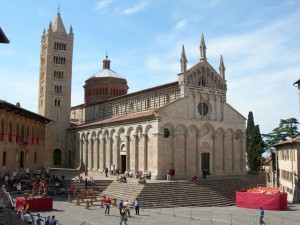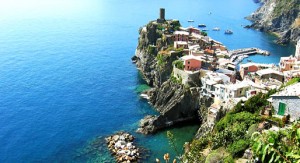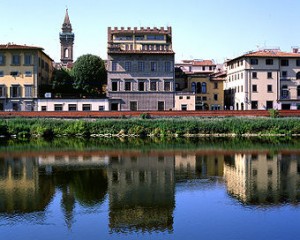Investigating Stillbirths and Neonatal deaths – File on 4
2010
Every day in the UK an average of 17 babies die – 10 will die at birth and 7 in the first few weeks of life. Overall that’s about 6500 babies every year – the equivalent of 16 jumbo jets crashing or as one clinician put it to me, a large maternity unit delivering only dead babies. And these rates have remained almost the same since the mid-90’s. In spite of improvements in maternity care and advances in technology in caring for tiny babies, while the rate of neonatal deaths has fallen slightly, the stillbirth rate has remained virtually static. The UK doesn’t fare well compared to the rest of the Europe either. Our rates are worse than Norway and Holland. And Scotland has one of the worst rates in Europe – worse than poorer countries like Estonia, Malta and Poland.
What many parents don’t realise is that the chance of a stillbirth is 10 times more common than cot deaths. And there is a greater likelihood of having a stillbirth than having a baby with Downs syndrome. One mother, over 40 and having her 3rd cycle of IVF told me that throughout her pregnancy the risk of Downs was repeatedly mentioned and she had every conceivable test to diagnose it. But no-one told her that the chances of her baby being stillborn was many times higher. She wished she had known.
But although expectant mothers are warned of about smoking and drinking, and there is discussion about Downs syndrome, the risk of the baby dying isn’t raised. The death of a baby is an uncomfortable subject which no-one really wants to talk about. It wasn’t so long ago that mothers rarely had a chance to see or hold their stillborn babies. The thinking was that it was better for the mother not to see her baby, as if it had never even happened. Called the ‘rugby pass’ management of stillbirth – because of the way in which the babies were literally whisked away from their mothers – it wasn’t until the mid – 80’s that the thinking slowly began to change. Nowadays its very different. Parents are encouraged to hold their babies and take photographs, to have keepsakes such as a lock of hair or a handprint. And in many hospitals there are specially trained bereavement midwives who will provide counselling and support to parents during this very difficult time.
However, although there are many reasons why babies are stillborn or die in the first weeks of life such as a failure to grow, congenital abnormalities and problems with the placenta, over half of stillbirths are still “unexplained” which means that no actual cause of death has been found. Undoubtedly some of these baby deaths cannot be avoided but its surprising how little research has been done into stillbirth compared to Downs and cot death.
In Downs for example there have been tremendous improvements in screening programmes in pregnancy so parents have a greater chance of knowing what the risks are giving them the choice of continuing with the pregnancy. And there has been a sharp fall in the number of cot deaths sine the “Back to Sleep” campaign in 1991 when parents were advised to put their babies on their backs to sleep.
But investigation into stillbirth and early neonatal deaths lacks far behind.
The most important thing for parents faced with this devastating situation is to be able to understand why it happened. There may have been specific medical problems, but on the other hand it may have been totally unexpected.
Parents should be offered a post mortem examination for their baby. Although the numbers of postmortem examinations are increasing, they only take place in about 40% of cases. There are many reasons – parents have to face a discussion very soon after their baby has died and they will be understandably distressed, and shocked if the death was unexpected. The consent forms which have to be signed are lengthy and quite graphic. And because of a shortage of perinatal pathologists who are specially trained to carry out these examinations, parents simply can’t face the thought of their babies often having to be taken on long journeys.
But its a very important part of the process of finding out why. In most cases very helpful information is identified including in some cases the cause of death. The results will be able to help guide the management of future pregnancies and where the post mortem shows the baby was perfectly healthy, it will help parents to understand that there is no reason why there should be problems next time.
Every time this happens, the hospital holds an internal investigation, an opportunity for parents to ask questions and to hear from the clinicians what happened. But in the last few weeks I have spoken to many parents who have struggled to find out answers and who have felt there has been an unwillingness to answer their questions. And we mustn’t forget not all of these grieving parents will have the energy to pursue answers making it even more important for there to be greater openness on the part of the doctors.
But as with post mortem examinations, and the provision of bereavement services, the level of investigation and review varies throughout the country. Although there are guidelines for best practice in all of these areas its very much left to individual hospitals to set up and and manage their own procedures. Clinicians and campaigners like SANDS, the charity which supports parents after a stillbirth or neonatal death, say there is a lack of resources in the Health Service which needs to be addressed if there is to be consistency in the support parents are offered and there needs to be a great deal more research if the numbers of babies dying are to be reduced.
Ann Alexander looks in depth at how the causes of stillbirth and neonatal deaths are currently being investigated in the UK for File on 4 which is broadcast on Tuesday June 1st on BBC Radio 4 at 8pm and repeated on Sunday June 6th at 5pm. www.bbc.co.uk/fileon4



